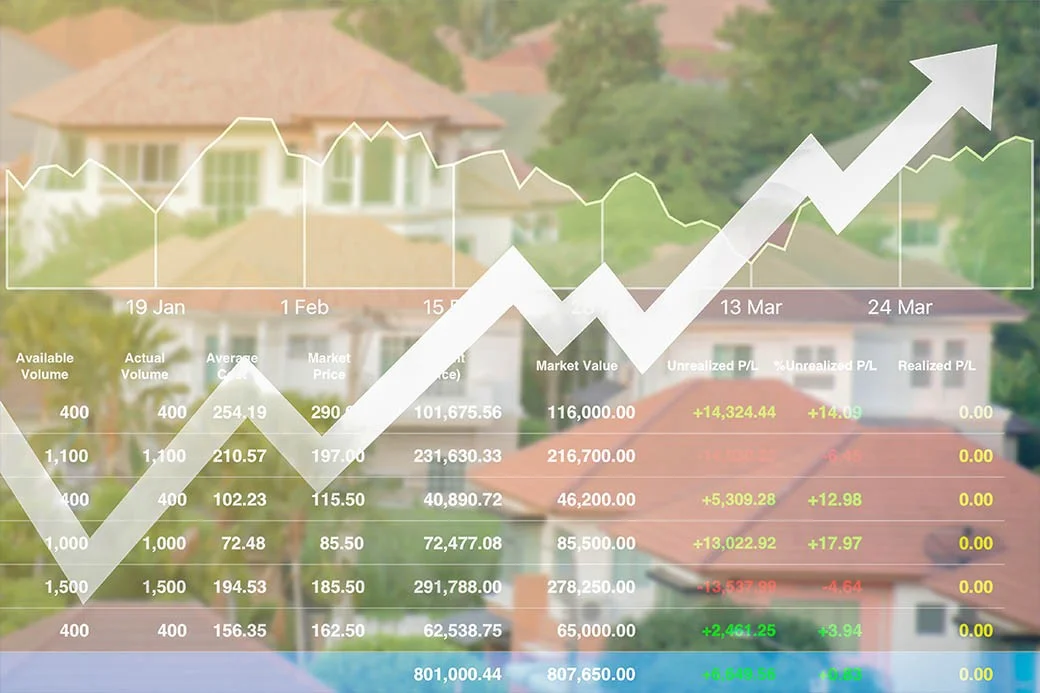Table of contents
Real Estate Agents’ Statistics

- Men make up 37% of realtors, and females are the rest – 63%.
- A significant percentage of real estate agents – around 43% – hold a Bachelor’s degree or any other higher education degree.
- California is the most populated by realtors American state since every 5th US real estate agent lives here.
- The number of realtors has doubled and even tripled in some regions with the start of a new millennium. Most of them have enough experience since their median age is 54 years.
- These are referrals and repeat clients who bring about around 30% of realtor earnings.
- One in 5 realtors holds a license for a period that doesn’t exceed a year.
- Commercial real estate is less popular than residential one, and only 21% of agents deal with it.
- The most significant challenge for almost half of all real estate agents is the necessity to keep up with the latest changes in technology.
- High-commission realtors utilize advanced technology twice more often than the rest of agents.
- Most real estate agents worked around 35 hours per week in 2023.
Marketing statistics

- A survey of real estate agents has shown that 92% of them use Facebook in their professional activities.
- Sellers prefer to hire realtors who create video tours, so 73% of respondents are likely to prefer these real estate agents.
- Though the number of people who agree to write realtor reviews seem not big, their factual number makes up 69%.
- The top channels used by real estate agents in their work are Facebook (92%), Instagram (68%), LinkedIn (52%), and Youtube (26%).
- AI becomes an integral part of real estate agents’ work, and 59% of these professionals are already familiar with it.
- The Matterport statistics say that listings that contain 3D video tours are likely to be sold 31% faster.
- Two-thirds of real estate agents have their own websites for advertising properties.
- The volume of the metaverse real estate market will reach a value of $5.95 billion by 2028.
Market statistics

- First time buyers have made only the fourth part of all people who made a real estate purchase in 2022. Most of them are younger and older millennials.
- Baby boomers made up the most numerous category of home buyers in 2023 – 39%.
- The number of homes sold in 2023 exceeded 4 million.
- There are over 360,000 real estate brokerage agencies in the USA only.
- 88% of buyers have purchased their homes with the help of real estate agents and brokers.
- A typical home purchased in 2023 was around 1,900 square feet in size, had 3 bedrooms and 2 bathrooms, and was built in 1994.
- First-time buyers’ household income reached $97,000 in 2023.
- Repeat buyers usually earned around $114,300 a year to be able to purchase property in 2023.
- 90% of sellers used the assistance of realtors to get rid of their homes.
- It took 3 weeks on average for a real estate property to spend in the market before it was purchased.
- A vast majority of sellers received 100% of the listing price, but 21% of them admitted to lowering it at least once.
- 38% of sellers have found realtors thanks to the referrals of family and friends, and 28% of sellers turned to the real estate agents they had already worked with earlier.
The analysis of current statistics indicates a rapid expansion in the real estate sector, accompanied by the increasing number of real estate agents. For realtors to thrive in this competitive field, it is essential to create a favourable impression that leads to positive reviews and referrals. Additionally, implementing a robust marketing strategy, particularly through platforms like Facebook, is crucial.
Realtors should also embrace innovative techniques and go beyond traditional listing photographs. It is important to note that there is a significant demand for new homes, with a growing number of individuals able to purchase property, largely due to the decline in mortgage rates. These insights represent just a portion of the conclusions drawn from real estate statistics; therefore, it is advisable for real estate agents to stay informed by regularly reviewing relevant data.
Table of contents
Thank you for subscribing!







